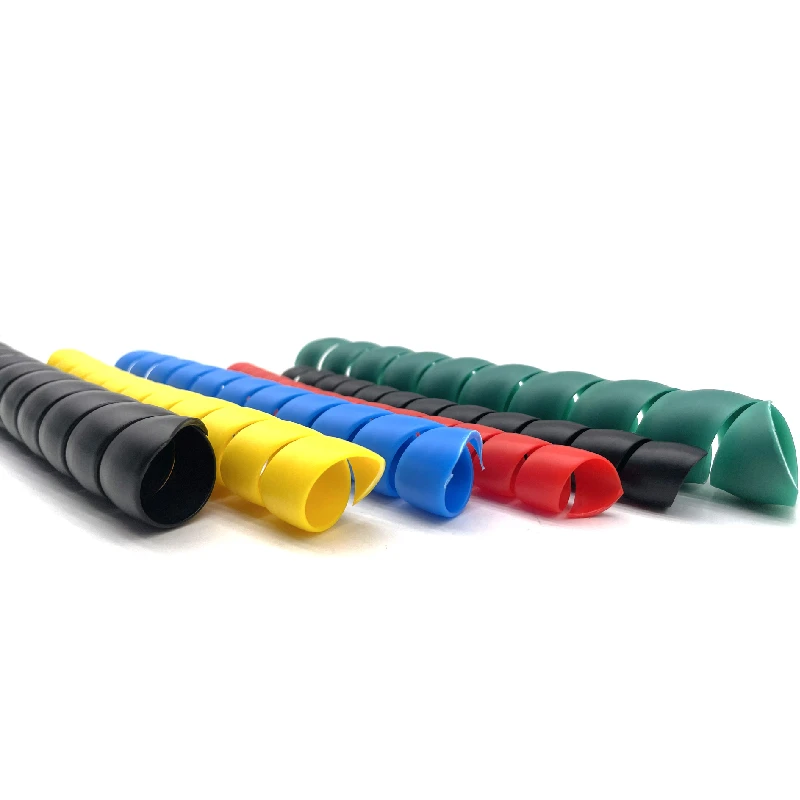hose to power washer
The Ultimate Guide to Hose Attachments for Power Washers
When it comes to power washing, having the right tools and attachments can greatly enhance your efficiency and the quality of your cleaning. A crucial component of a power washer system is the hose, which connects the machine to the various cleaning attachments. In this guide, we will explore the importance of hoses for power washers, types of hoses available, and tips for maintaining them.
Why Hoses Matter in Power Washing
Hoses serve as the lifeblood of your power washing setup. They are responsible for transporting high-pressure water from the power washer to the cleaning surface. Choosing the right hose can make or break your cleaning experience. A quality hose will ensure proper water flow, manageable flexibility, and durability under pressure. On the other hand, a damaged or inadequate hose can lead to decreased performance and increased risk of accidents.
Types of Hoses for Power Washers
1. PVC Hoses These are the most common types of hoses used with power washers. PVC (Polyvinyl Chloride) hoses are lightweight, affordable, and easy to handle. They are suitable for lighter cleaning tasks around the home, such as washing cars or patio furniture.
2. Rubber Hoses For more heavy-duty applications, rubber hoses are the way to go. They withstand higher temperatures and are more resistant to wear and tear. Rubber hoses are ideal for industrial or commercial settings, where frequent use is expected.
3. Reinforced Hoses These hoses are made from a blend of materials that provide extra strength, making them suitable for high-pressure applications. Reinforced hoses can endure extreme pressure levels and are less likely to kink or burst.
4. Pressure Ratings When selecting a hose, always pay attention to the pressure ratings. Hoses are available in various PSI (pounds per square inch) ratings, and using a hose with a lower rating than your power washer can result in damage.
hose to power washer

5. Length Matters Hoses come in different lengths, typically ranging from 25 feet to 100 feet. A longer hose provides more reach, allowing you to clean larger areas without moving the power washer. However, longer hoses may also decrease water pressure, so consider the trade-offs.
Maintenance Tips for Your Power Washer Hose
Keeping your hose in optimal condition is essential for ensuring the longevity of your power washing equipment
. Here are some maintenance tips- Inspect Regularly Check your hose for any signs of wear, including cracks, leaks, or kinks. Address any issues promptly to avoid more extensive damage. - Store Properly After use, store your hose in a cool, dry place away from direct sunlight. Avoid coiling it too tightly, as this can lead to kinks which may weaken the material over time.
- Use Soap and Water Cleaning the outside of your hose with mild soap and water will help prevent dirt buildup and keep it looking new.
- Keep Connections Tight Ensure that the connections between the hose, power washer, and attachments are secure. Loose connections can lead to leaks and decreased efficiency.
- Consider a Hose Reel Investing in a hose reel can help you store your hose neatly and prevent tangles, making your power washing setup more organized.
Conclusion
In conclusion, the hose is a vital component of any power washing system. With the right type and proper maintenance, you can significantly enhance your cleaning capabilities. Remember to choose a hose that matches the demands of your power washer and your cleaning tasks. By investing in a quality hose and taking care of it, you can enjoy efficient and effective power washing for years to come. Whether you're tackling stubborn grime on driveways or freshening up outdoor furniture, a reliable hose will be your best ally in achieving that sparkling clean finish. Happy washing!
-
Ultimate Spiral Protection for Hoses & CablesNewsJun.26,2025
-
The Ultimate Quick-Connect Solutions for Every NeedNewsJun.26,2025
-
SAE J1401 Brake Hose: Reliable Choice for Safe BrakingNewsJun.26,2025
-
Reliable J2064 A/C Hoses for Real-World Cooling NeedsNewsJun.26,2025
-
Heavy-Duty Sewer Jetting Hoses Built to LastNewsJun.26,2025
-
Fix Power Steering Tube Leaks Fast – Durable & Affordable SolutionNewsJun.26,2025

